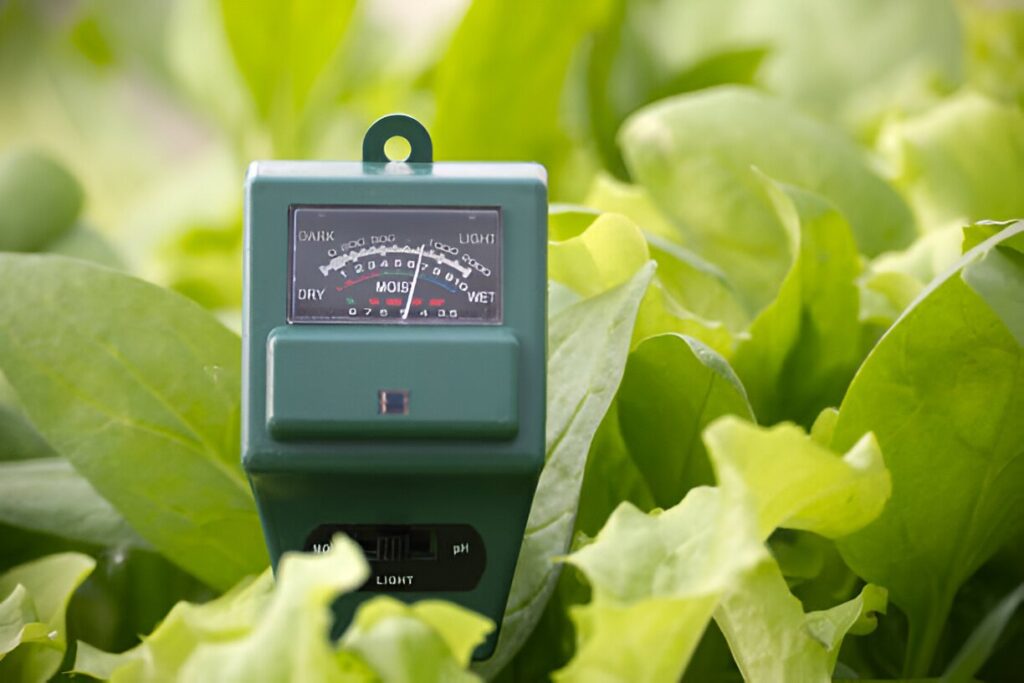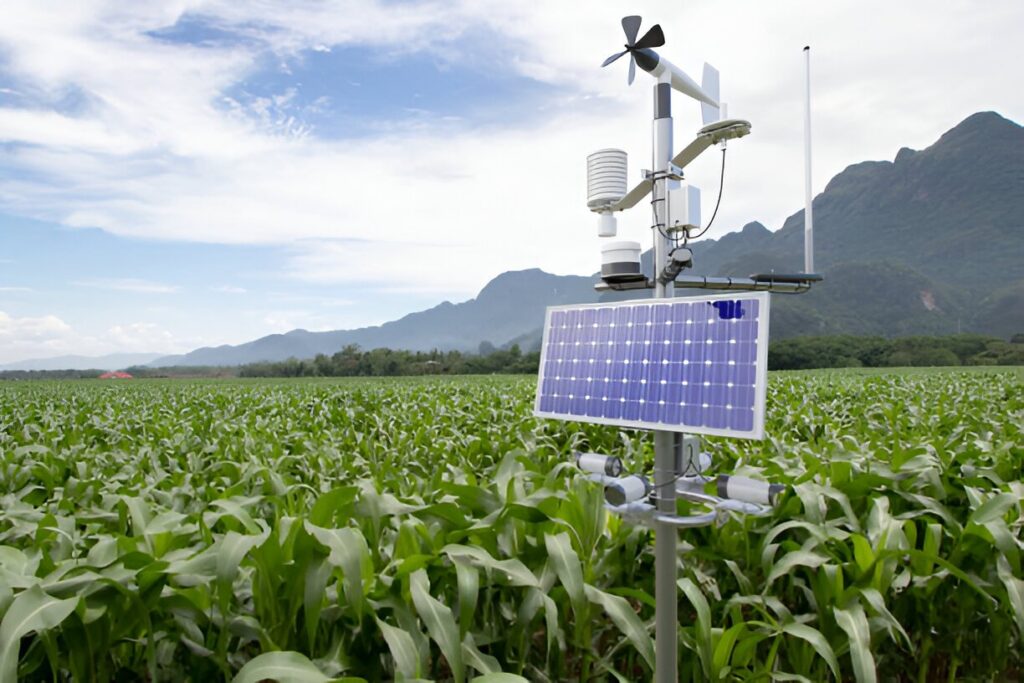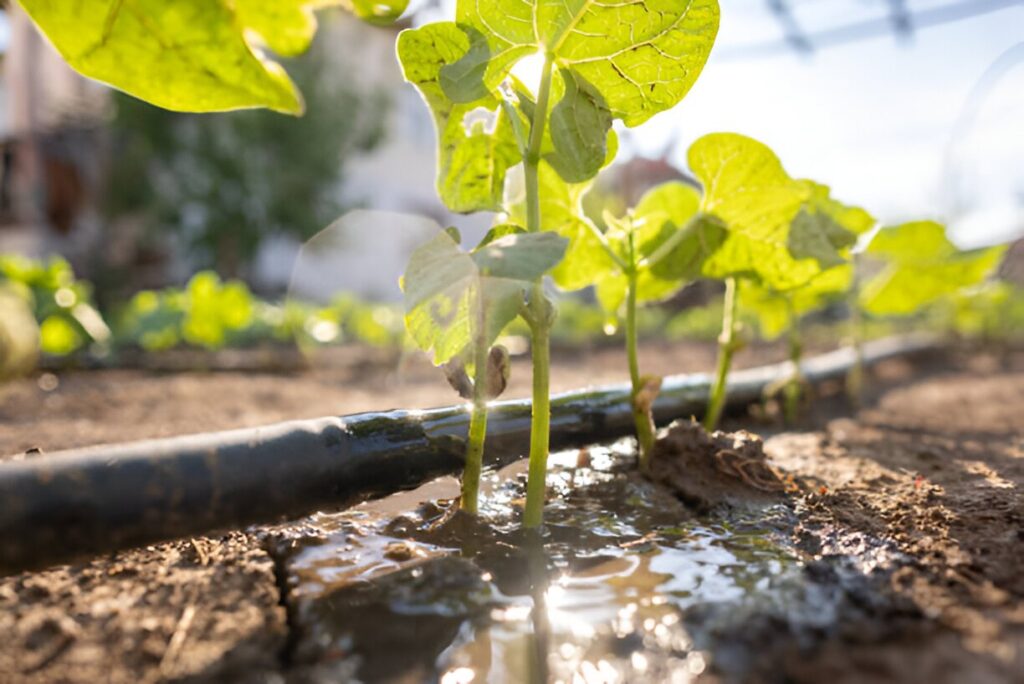Agriculture, the backbone of human civilization, has always depended on a balance of traditional practices and technological advancements to ensure bountiful harvests. Today, one critical piece of technology that’s transforming the field is the moisture sensor. These devices are becoming indispensable in modern farming, where precision and efficiency are key to productivity. Let’s delve into how moisture sensors are making a difference in agricultural science and why they are essential in managing soil moisture levels.
1. Understanding Moisture Sensors

Before we explore their application in agriculture, it’s important to understand what moisture sensors are and how they function. Simply put, moisture sensors are devices designed to measure the soil moisture content. They come in various types, but most work on the principle of electrical resistance or capacitance.
1.1 Electrical Resistivity
Moisture sensors that measure electrical resistivity, also known as resistive moisture sensors, gauge soil moisture by passing an electrical current through the soil and measuring the resistance encountered. Since water conducts electricity more effectively than dry soil, the level of resistance is inversely proportional to the soil water content.
1.2 Capacitance-Based Sensors
Capacitance-based sensors, on the other hand, determine soil moisture by measuring the dielectric constant of the soil, which changes with moisture levels. These sensors generate an electromagnetic field in the soil and observe the changes in capacitance caused by the presence of water.
Both types of sensors are valuable tools in agricultural science, helping farmers to understand the water content of their soil and make informed decisions about irrigation and crop management.
2. Temperature and Moisture Sensors in Agriculture

While moisture sensors provide valuable information about soil water content, the addition of temperature sensors can offer a more comprehensive view of soil conditions. Together, these sensors can guide farmers in making precision agriculture decisions.
2.1 Why Temperature Matters
The temperature of the soil impacts seed germination, plant development, and microbial function. By monitoring soil temperature, farmers can determine the best time for planting and take steps to protect crops from temperature extremes, such as frost or heatwaves.
2.2 Integrated Sensor Solutions
Integrated sensors that measure both temperature and moisture offer the convenience of collecting multiple data points with a single device. These sensors can be connected to automated irrigation systems, allowing for real-time adjustments based on current soil conditions.
3. The Role of Moisture Sensors in Agriculture
Moisture sensors are integral components in contemporary agricultural methodologies. They provide:
- Data that is vital for managing irrigation systems.
- Ensuring optimal soil moisture levels.
- Preventing water waste.
3.1 Optimizing Irrigation Systems

Irrigation is a critical component of successful farming, particularly in regions where rainfall is scarce or unpredictable. Moisture sensors enable farmers to tailor their irrigation schedules to the precise needs of their crops. By providing real-time data on soil moisture levels, these sensors ensure that plants receive the right amount of water at the right time.
3.2 Enhancing Soil Moisture Content Management
Knowing the exact soil water content allows farmers to avoid the extremes of over-watering and under-watering. Over-watering can lead to waterlogging, nutrient leaching, and root diseases, while under-watering can cause stress to crops, reducing yield and quality. Moisture sensors help maintain the delicate balance that promotes healthy plant growth.
3.3 Reducing Water Waste
With concerns about water scarcity growing worldwide, efficient water use in agriculture is more important than ever. Moisture sensors contribute to sustainable farming by minimizing water waste. By ensuring irrigation is only applied when necessary, these sensors conserve water and reduce the environmental footprint of farming operations.
4. Real-World Applications of Moisture Sensors
Farmers around the world are using moisture meters to optimize their agricultural practices. Here are some examples of how these sensors are being used in the field.
4.1 Drought Management
In areas prone to drought, moisture sensors can be lifesavers. They help farmers conserve water by providing precise information about when crops need irrigation and reducing unnecessary water use during dry spells.
4.2 Precision Irrigation
Some farmers implement precision irrigation systems that use moisture sensors to apply water only where and when it’s needed. This targeted approach can lead to significant savings in water and energy while maintaining crop quality.
4.3 Research and Development
Agricultural researchers use moisture sensors to study soil conditions and plant responses to different watering regimes. This research can lead to the development of new farming practices that improve sustainability and productivity.
5. The Future of Moisture Sensors in Agriculture
The future of moisture sensors in agriculture is bright, with continuous advancements in sensor technology and data analysis. Innovations in wireless connectivity and the Internet of Things (IoT) are making it easier to deploy and monitor sensors across large farming areas.
5.1 Smart Farming and Precision Agriculture
Smart farming and precision agriculture are the next frontiers for moisture sensors. By integrating these sensors into automated systems, farmers can create self-regulating irrigation systems that respond in real time to changes in soil moisture content.
5.2 Big Data and Predictive Analytics
As more farms adopt moisture sensors, the accumulation of big data on soil moisture patterns will enable predictive analytics. This can lead to more accurate forecasting of irrigation needs and even greater water savings.
5.3 Top Destination for Purchasing Moisture Sensors

It’s crucial to invest in the right moisture sensor for accurate results. GroPoint offers top-quality soil sensors designed to optimize irrigation, crop management, and soil health. Renowned for their precision, durability, and cost-effectiveness, these sensors, including wireless options, cater to diverse needs.
Explore how soil moisture sensor functions by clicking here.
6. Conclusion
Moisture sensors represent a significant step forward in agricultural science. They empower farmers to manage soil moisture levels with precision, leading to better crop outcomes and more sustainable water usage. As we continue to face global challenges like water scarcity and climate change, the adoption of moisture sensors and similar technologies will be critical for the future of agriculture.
By embracing these tools, farmers can ensure that they are doing their part to produce food efficiently and responsibly, safeguarding resources for generations to come. Whether you’re a small-scale farmer or part of a large agricultural enterprise, now is the time to consider how moisture sensors can revolutionize the way you farm.
In a world where every drop of water counts, moisture sensors are not just a technological innovation—they are a necessity for the modern farmer.
For further exploration of topics related to agriculture, click here.

